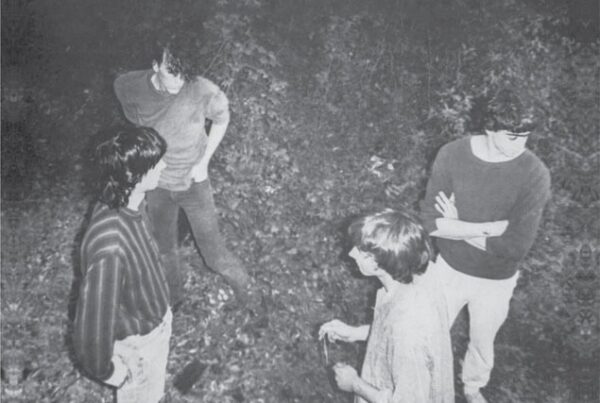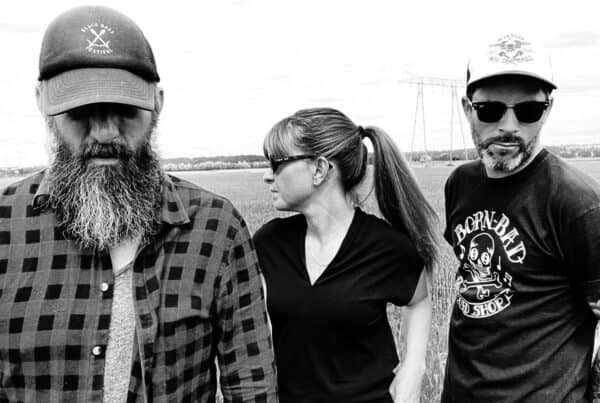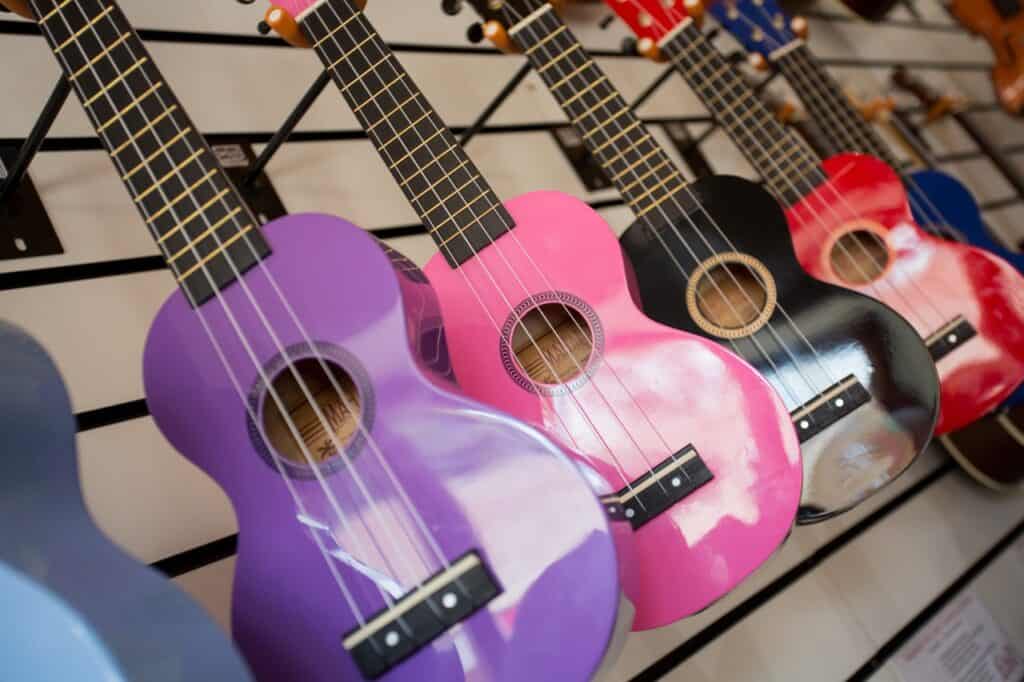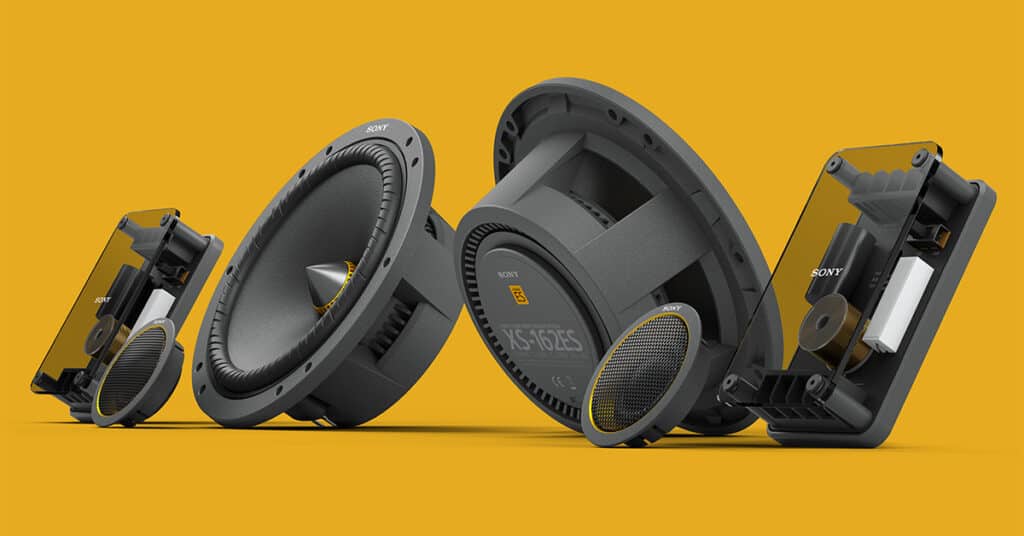The benefits of music education cannot be overstated. Music has abundant positive effects on our mental and emotional health, enriching our hectic schedules and helping us boost cognitive skills. For a long time, however, no novel approaches to music instruction emerged, leading to a widespread belief that the field had achieved its zenith. Thankfully though, newly emerging methods for music education in 2022 are demonstrating that no discipline ever exhausts itself and that we alone are responsible for driving innovation forward.
Join us as we examine how the best alternative approaches in music education are shaking up the industry, creating ever-new possibilities for musical practice, and fostering boundless creativity.
The Kodály Method
The core tenet of the Kodály approach is that learning music ought to be a cultural endeavor. Zoltan Kodály is a Hungarian composer who believes that learning folk songs of one’s cultural background is the starting point for music education. The Kodály method rests on the idea that people learn best when exposed to music in a group setting, where they may learn about musical principles, creativity, and teamwork.
Kodály believed that exposure to music in the classroom should have a transformative effect on students on a spiritual, cultural, and emotional level. There is no need for expensive equipment as the approach is based on singing, and every student has a voice. The method is quickly gaining momentum as one of the best alternative approaches in music education for novices, just as opting for a professional essay writers review is your best bet for honing academic writing skills at college. You can jump right into the realm of music without having to learn how to play an instrument. Furthermore, learning to sing without an instrument is an efficient teaching approach that, with proper instruction, may result in a highly developed musical ear from early on.
Orff Schulwerk
In the 1920s and 1930s, the German composer and educator Carl Orff, together with his collaborator Gunild Keetman, developed the Orff Schulwerk method of music education. Focusing on the significance of rhythm, the method teaches students to sing and speak rhythmically; only after that are they exposed to various musical instruments.
Orff’s theory of music instruction centers on the natural integration of music and movement. The emphasis is on learning to listen carefully since it is so crucial to other skills such as performing, reading, and writing well. It’s an all-encompassing method that encourages initiative in the classroom, helping students find their own voices.
The Orff Schulwerk method is a brilliant alternative approach in music education as it perfectly integrates with modern notions of personalized learning and makes it easier to accommodate students with varying levels of ability and preferences for how they learn.
The Suzuki Method
The Suzuki Method originated in Japan in the early 20th century and spread to the US in the 1960s. Shinichi Suzuki, a Japanese violinist, based his approach on the way children pick up their mother tongue. He coined the term “mother-tongue approach” to describe how he applied the tenets of language learning to the study of music.
The goal of the strategy is to provide a musical learning environment that is analogous to that which is used while studying one’s native language. Suzuki thought that a community like this would also be helpful for encouraging moral development.
Musical Features
To foster innovation, creativity, inclusivity, and diversity, Musical Futures takes a learner-led approach to music education. The brilliant minds behind Musical Futures want to ensure that students of all ages and backgrounds can access high-quality music education programs that are also culturally sensitive and affordable across the world. The goal is to foster an inquiry-based approach to learning, delivering enjoyable, long-lasting musical experiences by incorporating informal learning strategies into traditional classroom settings.
Musical Futures was created with a noble goal in mind: to meet the growing need for more engaging and effective music education for children and young people. The goal is to provide an environment where students can express themselves musically while also developing a wide variety of skills. Musical Futures is one of the best learning methods for facilitating more students’ access to music-making opportunities and inspiring them to engage in creative musical activities.
Wrapping Up
If you’re trying to tease out those ingredients that might help you boost your musical practice, research is your secret power. In 2022, there are a plethora of alternative approaches to music education that you could choose from. Methods for musical education are extremely varied and continue to pop up, so don’t get lost in the noise; instead, take the time to understand your tastes and learn as much as you can to select the most suitable approach for your needs. Good luck!
***
Christian Duke is a music teacher and blogger. Being a music instructor for high school students, he has helped hundreds of teenagers hone their musical skills. Christian also writes instructional blog posts on topics as varied as education, arts, technology, and fashion.




